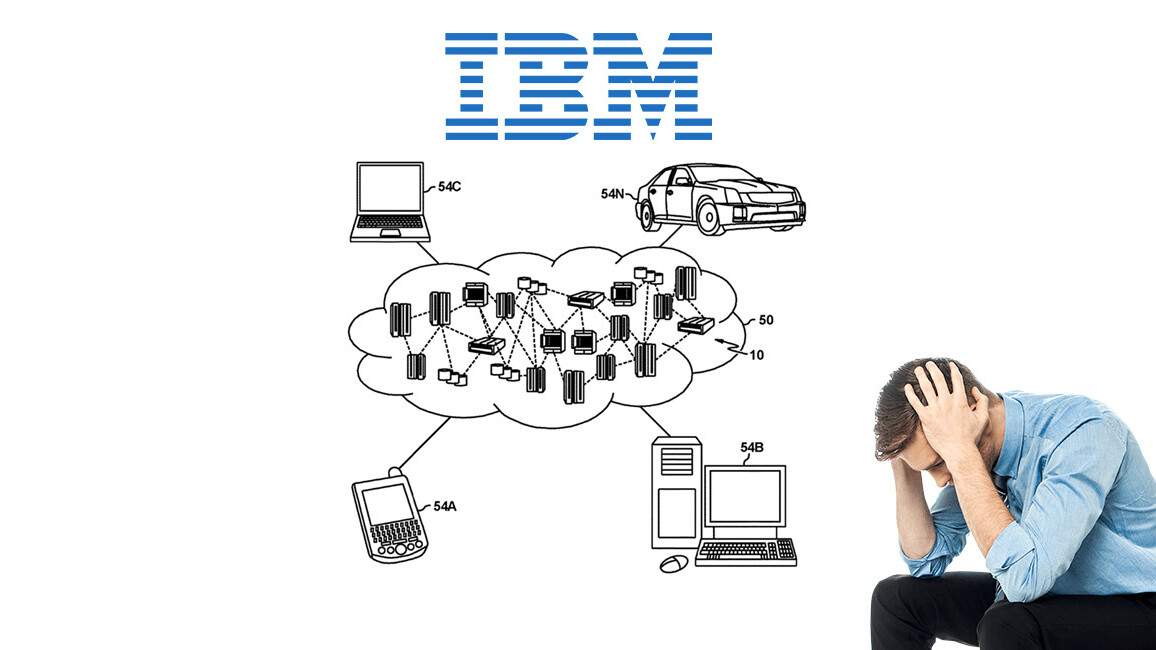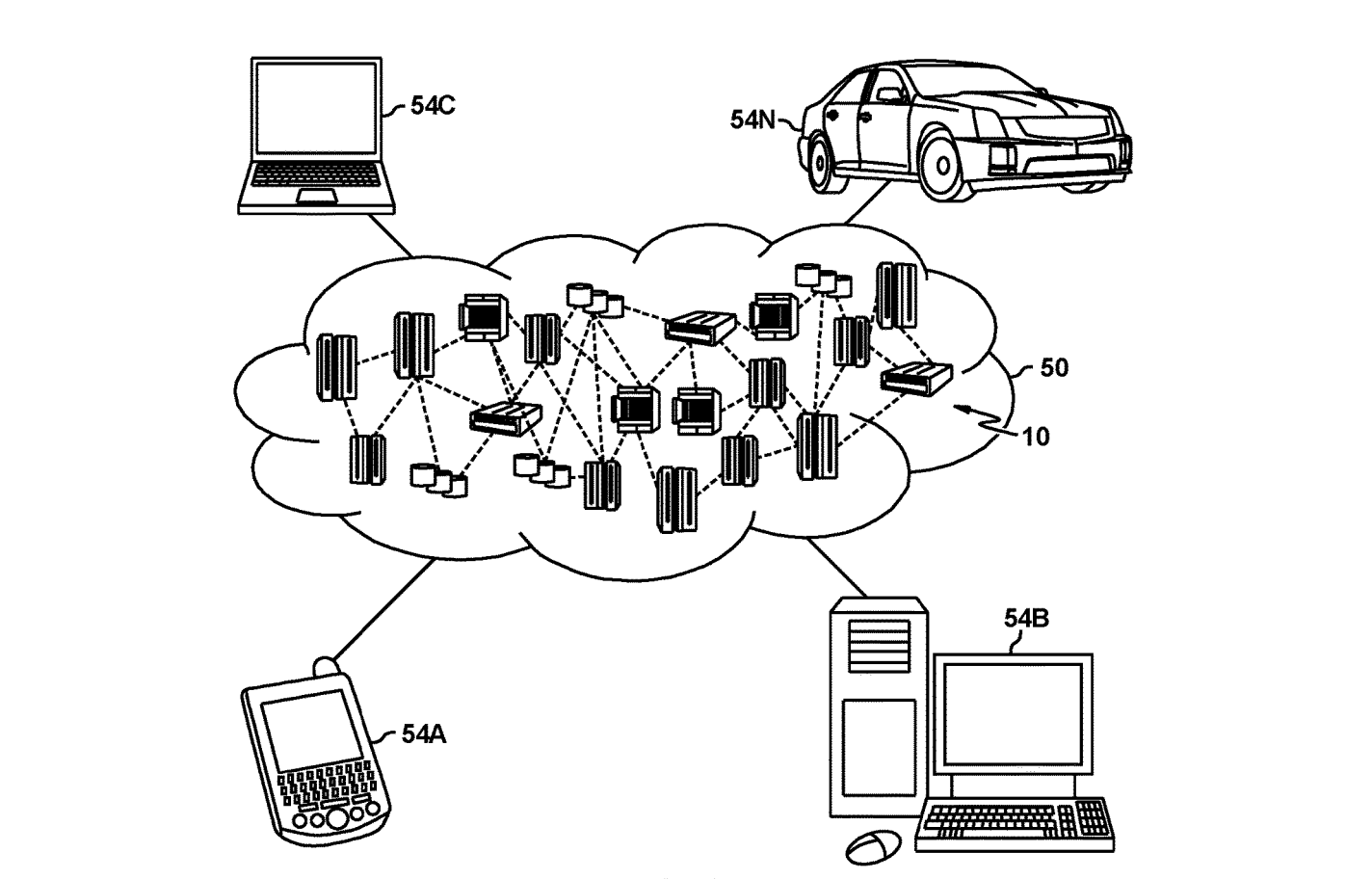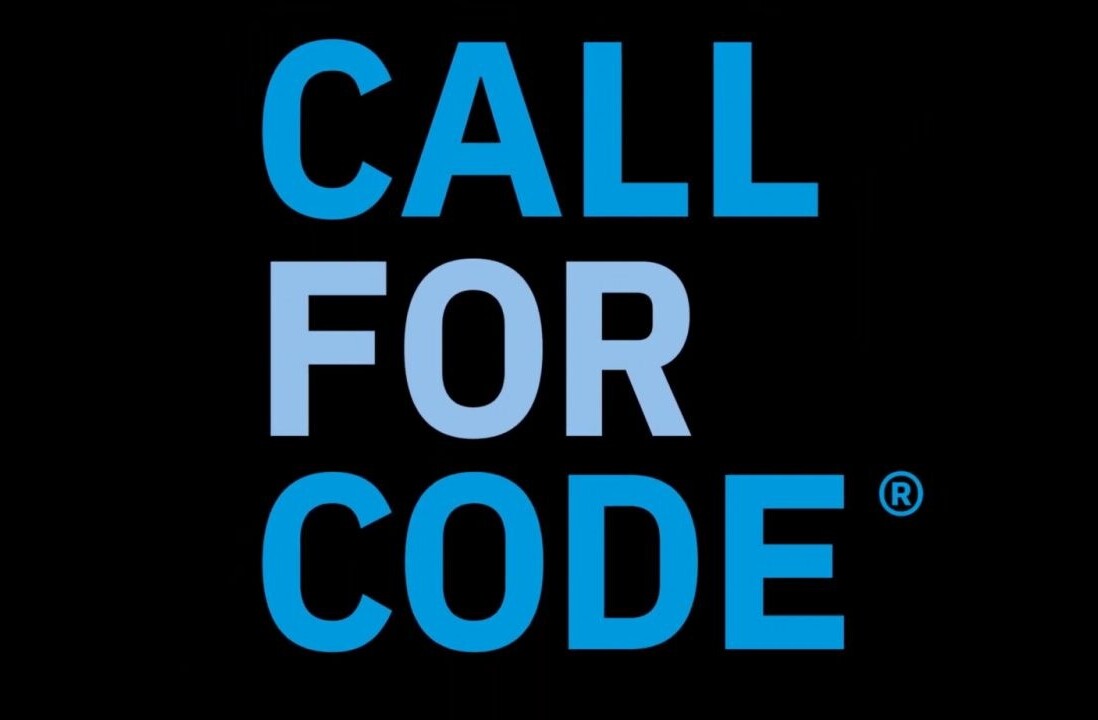
You might be hard-pressed to point to a service that productively combines the use of augmented reality (AR), machine learning, and blockchain – but that doesn’t seem to bother IBM.
The company has filed a patent application for a complex AR gaming system, designed to steer players away from potentially dangerous physical spaces. To this end, IBM intends to use machine learning and blockchain tech to build this new system.
But does this approach make sense? Well, let’s dig into into the patent file.
Inside the patent
According to the patent (spotted by CCN), the system will notify players any time they approach an area marked as undesirable (like “high risk locations, culturally sensitive locations, locations marked by property owners”). IBM hopes this will help players navigate away from trouble.
The documentation notes that once players have agreed to having their location data tracked, the system will be able to compare users’ location against a database of physical spaces marked as undesirable. Whenever a player enters such areas, the system will notify users they’re walking on potentially dangerous turf.

Considering the litany of trespassing incidents we saw during the Pokémon Go craze, creating a system that directs players away from restricted areas sounds like a good idea on paper. But there are a number of technological challenges to take into account – starting with IBM’s use of blockchain.
The problem with using blockchain
IBM says it intends to use blockchain to establish “trust” about “real world locations” and prevent malicious players from providing misleading location data for personal gains.
“A blockchain is a distributed database that maintains a continuously-growing list of data records hardened against tampering and revision,” the patent reads. “The blockchain system securely tracks, stores, and maintains location related transactions along with other location metadata.”
But there are some pretty big question marks with this implementation.

For one, the use of blockchain does not by itself protect against the possibility of recording misleading (or straight-up false) data. It merely implies that once recorded, data will be immutable (unless the blockchain has backdoors built into it). But that doesn’t mean the system will be immune to manipulation.
For instance, malicious actors will still be able to feed false location data to IBM’s blockchain-powered system, unless it also comes with oracles – sensors specifically designed to validate events that take place outside of a blockchain. Worryingly, there is no mention of an oracle implementation in IBM’s patent application.
To create this sort of “trust,” IBM will need to develop sensors that can adequately confirm the authenticity of any location data in the real world before storing it on its own blockchain.
Blockchainifying machine learning
Even more confusing is IBM’s plan to use machine learning to interpret blockchain-stored location data and warn users of potential risk.
The patent suggests that, thanks to advanced neural networks, the system will be capable of conducting risk prediction tasks with “varying degrees of confidence.” Those predictions will then be forwarded to any users who might be at risk, or in the vicinity of risky areas.
IBM points out users will also be able to use this functionality to specify what they would like to be protected from. For instance, a diabetic player can ask the system to notify them anytime they’ve strayed away from any possible help.
But without oracles in place, it could prove too easy for cheaters to abuse the system. Indeed, a malicious player could label safe areas as “risky” to keep competing players away from certain locations. Or alternatively, scammers could abuse the system to mark otherwise risky areas as “safe,” and lure unsuspecting victims into dangerous situations.
IBM and the blockchain
All these issues aside, IBM has yet to indicate how serious it is about its patent. In any case, blockchain might not be the best choice for this particular application.
As is the case with most patent filings, there is no telling when – if ever – IBM will greenlight the concept for development. But if it does, it better address these issues before it puts someone at risk.
And for what it’s worth, I sincerely hope IBM’s other blockchain-related initiatives are a little better thought out.
Get the TNW newsletter
Get the most important tech news in your inbox each week.




